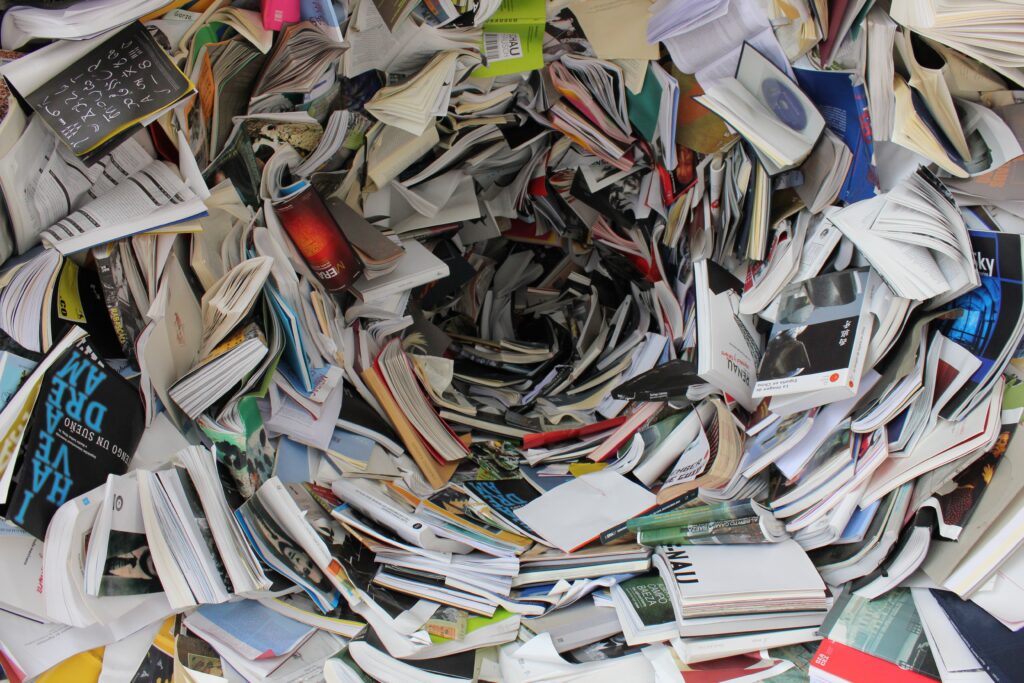In general, the term “recycling” refers to the process of repurposing waste and non-useful materials into new, more beneficial materials for human consumption. Recycling is a great way to protect the environment while also saving money and resources.
More important than ever before, recycling waste products is the process of transforming waste and used goods into useful or even new ones. Recycling also aids in the monitoring of pollution in the form of particles in the air, on the ground, and in bodies of water.
To this day, paper remains the most widely utilised material on the planet. Although new technologies have been developed, the need for books and papers has increased at random. As of this year, more than 400 million metric tonnes of paper and its byproducts have been produced worldwide.
Bamboo, cotton, hemp, and jute are just a few of the many plant fibres and pulps that go into making paper. Paper is produced on an average of 8000 sheets from a single tree.
Paper Recycling Paper is the primary component of solid wastes, accounting for 50% of a total garbage throughout landfills. Many recycling plants have been set up primarily to reprocess papers and also to produce various usable paper products in order to meet the demand for papers while also protecting our environment.
As far as recycling goes, only paper and other paper-based products can be reused after being recycled. To Know About Soil Pollution Visit Here…

Let’s now take a look at the various stages of Paper recycling.
Step-1
A huge recycling container is used to store the papers that have been removed from the waste bin.
Step-2
The paper waste from these containers is then taken to a recycling facility where it is separated into different types and grades.
Step-3
To remove ink, plastic film, staples, as well as glue stains, the separated paper waste is washed in soapy water.
Step-4
To make a slurry, the cleaned papers have been placed in a large container filled with water and allowed to soak for a period of time.
Step-5
In order to make new paper products like white papers, cardboard, and newsprint, various materials are mixed into the slurry.
Step-6
Thick paper is made by transferring the prepared slurry to large rollers and spreading it thinly.
Step-7
They are then rolled up, packed, and ready for use once they have dried.
As a means of conserving energy or other natural resources (such as trees, forests, water) and protecting our environment, recycling reduces pollution in the air, land, water, & soil, as well as harmful methane gas emissions that are emitted into the atmosphere from decomposition.
This was a brief overview of paper recycling. In the same way that paper can be recycled & new raw materials made, so can wood, glass, metals, plastic materials, electronic devices, and so on.













